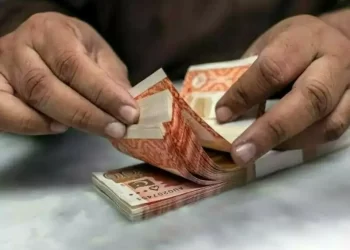The rocky patch of land, which under international law belongs to Syria, is where the latest tensions between Israel and Hezbollah have exploded.
Israel and Lebanon-based Hezbollah are locked in a tense standoff after a rocket attack on the Druze town of Majdal Shams killed at least 12 people, many of them children playing football, and wounded 30.
The Israeli military accused Hezbollah of carrying out Saturday’s attack, an allegation denied by the group. Israel has fired a series of missiles into Lebanon since then despite growing international calls for restraint amid fears of an escalation into a full-blown war.
At the centre of this latest tension is a patch of land 1,800sq km (700sq miles) in size that has long been a flashpoint in the Levant: the Golan Heights.
The Golan Heights is a rocky plateau in southwestern Syria, about 60km (40 miles) south of Damascus. It is bordered by the Yarmouk river in the south and the Sea of Galilee in the west.
The Golan is spread over rugged basalt rock. The hilly land is fertile, and the volcanic soil grows apple and cherry orchards as well as vineyards.
The region has vital water sources that feed the Jordan River, including the Hasbani River, which flows from Lebanon and through the Golan.
The United Nations recognises the region as a part of Syria.
Majdal Shams is in the northeastern part of the Israeli-occupied territory.
While Israel’s seizure of the Golan led to an exodus of many Syrians living there, about 20,000 members of the Druze community still live there.
The Druze are an Arab and Arabic-speaking ethnoreligious community that resides in Syria, Lebanon, Israel and Jordan.
After Saturday’s attack, Israel was quick to declare that the fatalities were of Israelis, but many of the Druze people attacked do not hold Israeli citizenship and are Syrian nationals.
What is the Golan Heights?
Israeli forces have also clashed with the Druze in the occupied region. In late June 2023 when Druze protesters demonstrated against the construction of wind turbines in the Golan, they were met with Israeli tear gas, sponge-tipped bullets and a water cannon.
Under Israeli law, Druze Israeli men are required to serve in the military.
In 1974, the UN got involved, deploying peacekeeping forces in the area after Israel and Syria signed an armistice.
The Security Council established the UN Disengagement Observer Force (UNDOF) the same year as it tried to maintain a ceasefire and creating a ceasefire buffer zone in the area. As of April, 1,274 UN personnel are deployed in the Golan Heights.
In 1981, Israel formally declared its annexation of the Golan Heights.









